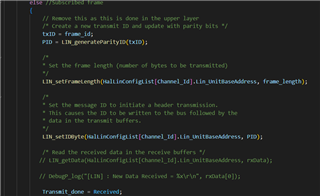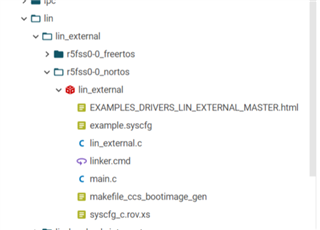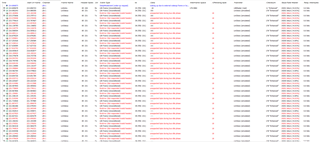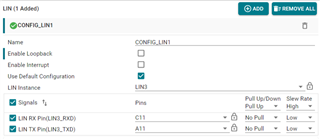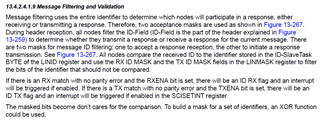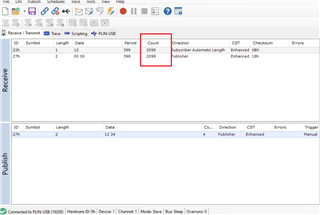Dear TI experts,
I am sending a schedule table which has 10 frames with combination of Published and Subscribed frames.
I am able send subscribed frame but after that if published frame is sent I get a error.
Should I clear any register after sending a subscribed frame ?
** Note: I am commenting //LIN_sendData(APP_LIN_BASE_ADDR, txData1); for SUBSCRIBED frames because data will be filled by slave device.
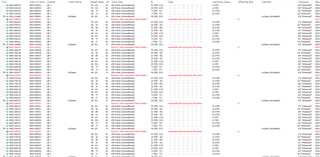
I have attached the driver code below:
